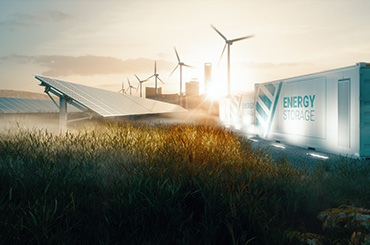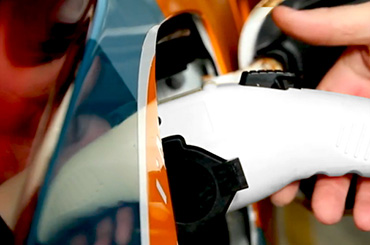
Choosing an energy-efficient heating and cooling system cuts energy use, reduces utility bills and lessens environmental impact by curbing greenhouse gas emissions. This practical, eco-friendly approach ensures both comfort and cost savings.
Key considerations
When selecting energy-efficient heating and cooling products, focus on factors like the system's Energy Star rating, appropriate sizing for your space, and compatibility with your existing infrastructure, as well as cost-effectiveness, ease of maintenance, and adherence to local energy regulations. These considerations will guide you toward choices that balance comfort, affordability, and sustainability.
Cost comparisons
The costs of heating and cooling products in Australia can vary depending on what you're looking for - think product type, brand, how big it is, and even how it's set up.
Ducted Heating and Cooling Systems: These all-in-one systems can range from about $5,000 to $15,000, or even more if you've got a big home or have extras in mind.
Split System Air Conditioners (heating and cooling): Starting at around $800 for a simple setup in one room, they can go up to $4,000 or more if you're thinking multi-room or heavy-duty systems.
Evaporative Coolers: These coolers are usually kinder on the wallet, starting at $1,000 for a single room and going up to $5,000 or more for the larger options.
Cool ideas for heating efficiency
- Opt for reverse cycle air conditioners for efficient large-area heating.
- Enhance insulation to reduce up to 70% of heat loss through ceilings and walls.
- Hang heavy, close-fitting curtains with pelmets to prevent up to 10% heat loss.
- Seal door gaps to minimise draughts and cut energy use by up to 25%.
- Maintain an energy efficient winter temperature of 18-20 degrees in your home.
- Use a ceiling fan to circulate warm air and regulate room temperature during winter.
- Open curtains on north-facing windows on sunny days to harness free natural heat.
Hot ideas for staying cool
- Close doors and windows on hot days, using closed blinds to block out heat. Open them in the evenings for cooling cross-breezes.
- Shade east and west-facing windows with awnings, external blinds, or trees to reduce heat gain by up to 80%.
- When shopping for appliances like air conditioners and heaters, prioritise higher energy efficiency star ratings (4 to 6 stars).
- Maintain a summer indoor temperature between 23 and 26 degrees for energy efficiency.
- Insulation not only keeps your home warm in winter but can also reduce summer temperatures by up to 10 degrees.
- For air conditioners, clean air filters regularly and keep outside units unobstructed optimal efficiency.



